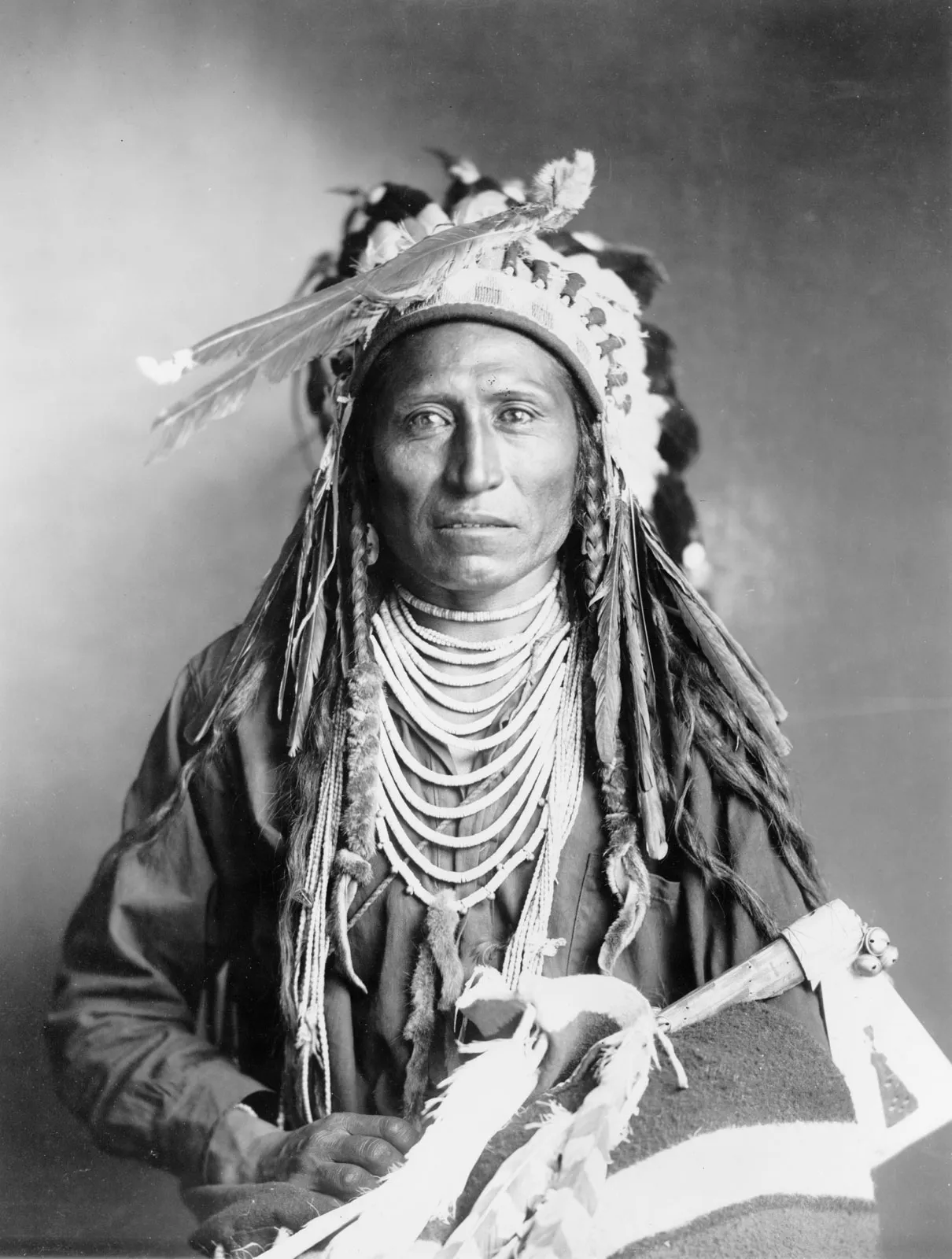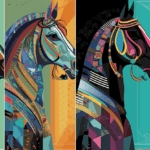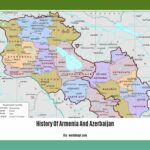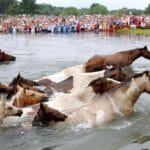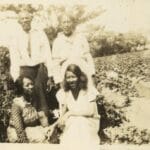The Shoshone, a geographically diverse tribe, faced a complex web of enemies that shifted with territorial expansion and resource scarcity. While the Arapaho, Sioux, and Cheyenne are often cited as primary adversaries, the Shoshone experienced conflict with various tribes throughout their history. The arrival of European settlers dramatically altered the landscape of power, forcing the Shoshone into new alliances and exacerbating existing tensions. Understanding the Shoshone’s enemies requires delving into the intricate interplay of competition for resources, territorial disputes, and cultural clashes.
Before Horses Roamed Free: Early Conflicts and Alliances
Specific details about pre-colonial conflicts are scarce due to the oral tradition of Shoshone history. However, it is highly likely that conflicts arose from the ever-present need to secure vital resources such as hunting grounds, water sources, and areas abundant with food. Based on later alliances and conflicts, experts suggest that potential early adversaries might have included tribes with overlapping territories in the Great Basin, such as the Ute or Paiute.
The Horse Changes Everything: New Territories, New Rivals
The acquisition of horses in the 1700s dramatically transformed the Shoshone way of life, enabling them to expand their territory eastward into the Great Plains. This expansion, while empowering, brought them into direct conflict with powerful tribes already established on the Plains, such as the Arapaho, Sioux, and Cheyenne. Competition for the crucial buffalo herds, a cornerstone of life on the Plains, fueled tensions and led to frequent clashes.
The Arrival of Colonists: Shifting Sands of Power
The arrival of European settlers in North America disrupted the delicate balance of power between tribes. Competition for shrinking resources and land, exacerbated by the newcomers, intensified existing tensions, pushing the Shoshone into new alliances and rivalries. The United States government’s policy of forced removal and confinement to reservations further intensified conflict, creating a pressure cooker of resentment and desperation.
Notable Conflicts: Scars on the Land and Memory
- The Bear River Massacre (1863): In a horrific display of violence, U.S. Army troops attacked a Shoshone band led by Chief Bear Hunter. This massacre resulted in the deaths of over 200 Shoshone men, women, and children, leaving an indelible mark of tragedy on the tribe’s history.
- The Bannock War (1878): When the traditional territory of the Bannock, close allies of the Shoshone, was encroached upon, it sparked a joint Shoshone-Bannock resistance against the U.S. Army, highlighting the interconnected struggles of tribes facing displacement.
The Power of Partnership: Allies of the Shoshone
Throughout their history, the Shoshone have shown remarkable resilience and a keen understanding of the power of alliances. They found allies in tribes like the Bannock, Crow, Pawnee, and Ute, often cooperating for trade, mutual defense, and shared cultural practices. It is important to note, however, that intertribal alliances were often fluid, shifting with the political landscape and the ever-changing dynamics of survival.
Beyond the Battlefield: Diplomacy and Trade
While conflict undeniably marks the Shoshone story, it’s crucial to acknowledge the role of diplomacy, trade, and intermarriage in maintaining peaceful relations with some tribes. These aspects of intertribal relations, often overlooked, highlight the complex tapestry of cooperation and coexistence that existed alongside periods of conflict.
Unanswered Questions: The Past Informs the Present
As we delve deeper into the history of the Shoshone and their enemies, we uncover more than just tales of conflict. We gain a greater understanding of the forces that shaped the American West, the resilience of Indigenous peoples, and the importance of learning from the past. The story of the Shoshone challenges us to explore the complexities of intertribal relations, the lasting impacts of colonization, and the ongoing fight for recognition and sovereignty.
By remembering these conflicts and seeking out diverse perspectives, we honor the memory of those who suffered and continue to fight for justice. To learn more about the leaders who emerged during these tumultuous times, you can explore the stories of those who fought for Cuban independence leader in the cuban war of independence or individuals like Helen Keller who embody the spirit of perseverance helen keller fly plane. The Shoshone story is just one chapter in the larger narrative of human history, interconnected with advancements in technology like the caravel improvements with caravel, reminding us that the choices we make today have ripple effects that will be felt for generations to come.
- Unveiling the Enigma: Mansoureh Khojasteh Bagherzadeh’s Public Appearances & Private Life in Iran - July 18, 2025
- Unveiling the Mystery: Mansoureh Khojasteh Bagherzadeh’s Husband: A Rare Glimpse into a Private Life - July 18, 2025
- Unveiling Masoud Khamenei’s Mother: Power, Influence, and Iran’s Future - July 18, 2025
